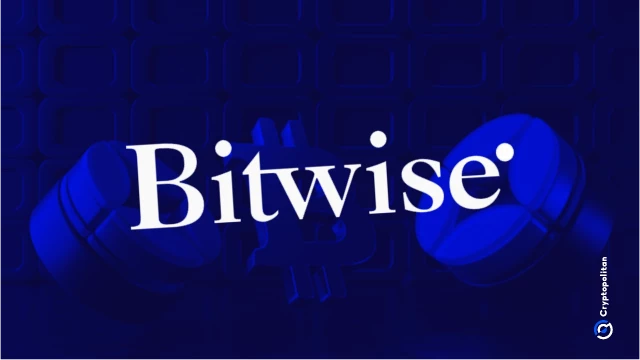
16 Major Blockchains Can Freeze User Funds: Bybit Report
📋 Article Summary
Related Articles

Wall Street Analyst Says This is the “Best Time Ever” to Own Digital Assets
Wall Street analyst Adam Kobeissi says converging monetary easing, massive technology capital expenditures, and potential fiscal stimulus create unprecedented conditions for asset appreciation, with Bitcoin potentially reaching $200,000 within 12 to 24 months.

U.S. Retail Investors Return as Coinbase Reopens Token Sales With Guardrails
TL;DR Astar Network announces its Evolution Phase 2 for 2026. It establishes a fixed supply of 10.5 billion ASTR. New Burndrome mechanism burns tokens to give rewards.

Crypto Markets See Temporary Relief, QCP Warns of Lingering Risks
TL;DR: Crypto markets are experiencing a short-term rebound, with Bitcoin near $102,000 and Ethereum above $3,500. QCP warns of lingering risks from high leverage, whale activity, and market volatility. Trading volumes increased 36% in October, indicating cautious optimism, but investors should track regulatory developments and maintain risk management strategies.

Crypto's yield gap with TradFi narrows as staking, RWAs surge
Stablecoins, staking tokens and RWAs are bridging crypto's yield-generation gap, bolstered by the historic approval of the US GENIUS Act in July.

The $100M Crypto Launch Breaking the Status Quo – Inside Zero Knowledge Proof's Manifesto
In a space where “community sales” are often marketing tools and “fair launches” turn out to be insider deals, Zero Knowledge Proof (ZKP) is taking a different route. Its approach is not just a design choice, it's a public refusal to follow the playbook that has shaped most crypto launches over the past decade.

Bitwise CIO Matt Hougan says Trump's pro-crypto policies fuel institutional inflows
Bitwise CIO recently shared a post on X that reflected his bullish outlook, which has been sustained by policies from the new crypto-friendly administration. Hougan believes that the Trump team's pro-crypto stance continues to encourage massive institutional inflows.